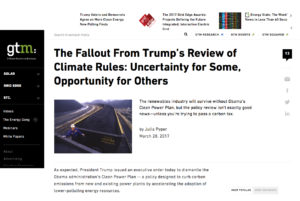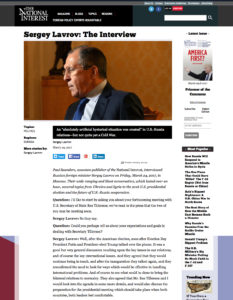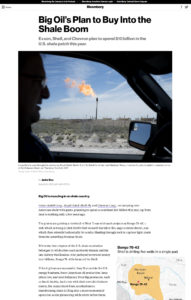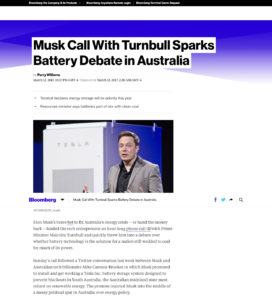More Export Destinations For U.S. Crude In 2016 03/29/17 •lweb.es/f2697 •bit.ly/2oQhXFR
Due to a surge in oil hedges, the oil-price weakness will not prompt US producers to pull back on drilling. The producers rushed to lock in oil prices above $50 a barrel after the OPEC production cuts announcement in November, and will use hedging gains to help plug any budget deficits caused by sub-$50 spot prices. However, most of the hedges expire by 2018, and oil futures prices must recover before producers can lock in prices over $55 a barrel for next year – a level needed for significant tight-oil production growth.
Details

 President Trump has issued an executive order to dismantle the Obama administration’s Clean Power Plan. The “Energy Independence” order lifts a moratorium on federal coal leasing, triggers a review of methane and hydraulic fracturing restrictions, and eliminates use of the Environmental Protection Agency’s “social cost of carbon” in policymaking. From a climate action perspective, there is widespread agreement that the order is bad news for U.S. emissions. Interestingly, 62 percent of Trump voters support taxing and/or regulating pollution causing global warming, and nearly three-quarters think the U.S. should use more renewable energy in future.
President Trump has issued an executive order to dismantle the Obama administration’s Clean Power Plan. The “Energy Independence” order lifts a moratorium on federal coal leasing, triggers a review of methane and hydraulic fracturing restrictions, and eliminates use of the Environmental Protection Agency’s “social cost of carbon” in policymaking. From a climate action perspective, there is widespread agreement that the order is bad news for U.S. emissions. Interestingly, 62 percent of Trump voters support taxing and/or regulating pollution causing global warming, and nearly three-quarters think the U.S. should use more renewable energy in future. The interview covers various topics: Ukraine, Syria, U.S. presidential election, U.S.-Russia cooperation: “I don’t believe that we are having another Cold War.
The interview covers various topics: Ukraine, Syria, U.S. presidential election, U.S.-Russia cooperation: “I don’t believe that we are having another Cold War. Exxon Mobil, Royal Dutch Shell and Chevron plan to spend a combined $10 billion this year in American shale.
Exxon Mobil, Royal Dutch Shell and Chevron plan to spend a combined $10 billion this year in American shale.  Elon Musk has promised to install and get working a Tesla Inc. battery storage system designed to prevent blackouts in South Australia, the Australian mainland state most reliant on renewable energy.
Elon Musk has promised to install and get working a Tesla Inc. battery storage system designed to prevent blackouts in South Australia, the Australian mainland state most reliant on renewable energy.  Saudi Arabian King Salman bin Abdul-Aziz al-Saud and Japan PM Shinzo Abe met in Tokyo and agreed to launch a feasibility study on setting up special deregulated economic zones to attract Japanese firms to the Middle Eastern country.
Saudi Arabian King Salman bin Abdul-Aziz al-Saud and Japan PM Shinzo Abe met in Tokyo and agreed to launch a feasibility study on setting up special deregulated economic zones to attract Japanese firms to the Middle Eastern country.